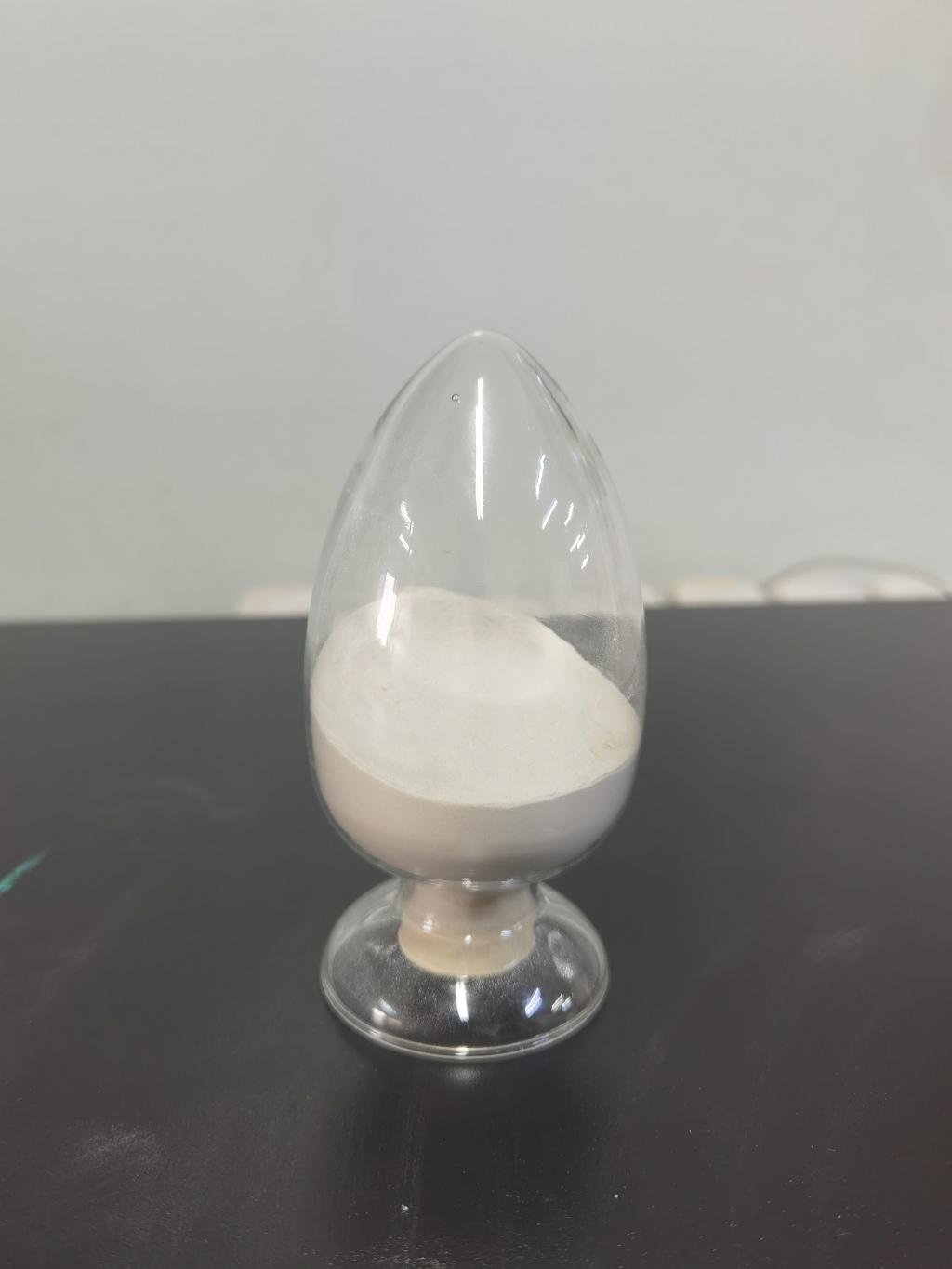Tel:+8618231198596

News
 CONTACT
CONTACT
 CONTACT
CONTACT
- Linkman:Linda Yao
- Tel: +8618231198596
- Email:linda.yao@dcpharma.cn
- Linkman:CHARLES.WANG
- Department:Overseas
- Tel: 0086 0311-85537378 0086 0311-85539701
News
Nisin and its Synergy with Other Food Preservatives.
TIME:2023-11-09
Understanding Nisin's Antimicrobial Properties:
Before delving into the synergistic effects of nisin with other food preservatives, it's crucial to understand nisin's antimicrobial properties. Nisin primarily targets the cell membranes of bacteria, disrupting their integrity and leading to cell death. This mode of action makes it particularly effective against Gram-positive bacteria, while having limited activity against Gram-negative bacteria, yeasts, molds, and viruses.
Synergy with Organic Acids:
One common approach to enhancing the antimicrobial activity of nisin is to combine it with organic acids, such as acetic, lactic, and citric acids. The combination of nisin and organic acids creates a synergistic effect, as the acids lower the pH of the food product, making it less hospitable to bacterial growth. This dual-action approach not only inhibits the growth of a broader spectrum of bacteria but also extends the shelf life of products like sauces, dressings, and mayonnaise.
Potentiating with Salt:
Salt, often in the form of sodium chloride, is another preservative that can work synergistically with nisin. While salt is effective at reducing water activity in food products, it can be less effective against some types of bacteria. Nisin, when combined with salt, can bolster the preservation of products like processed meats, as it inhibits bacteria that may still thrive in salty conditions.
Antioxidant Synergy:
In addition to its antimicrobial properties, nisin can work in synergy with antioxidants to preserve the quality of food products. Lipid oxidation is a common issue in foods with high fat content, leading to rancidity and off-flavors. Nisin, when combined with antioxidants like ascorbic acid or tocopherols, can protect against oxidative degradation, ensuring that the product remains safe and maintains its sensory attributes.
Synergy with Chelating Agents:
Chelating agents such as ethylenediaminetetraacetic acid (EDTA) are often used in combination with nisin to improve its effectiveness. These agents bind metal ions that are necessary for bacterial growth, effectively starving the bacteria and making them more susceptible to nisin's action. This synergistic approach is particularly useful in canned and processed foods.
Combinations with Natural Antimicrobials:
The trend toward natural and clean label ingredients has led to the exploration of nisin's synergy with other natural antimicrobials. For instance, the combination of nisin with essential oils, such as oregano or thyme oil, can provide an added layer of protection against foodborne pathogens. These combinations are not only effective but also align with consumers' preferences for natural ingredients.
Nisin and Nitrites in Meat Preservation:
In meat processing, nisin is often used in combination with sodium nitrite. Nitrites are known for their role in inhibiting the growth of Clostridium botulinum and other pathogens in processed meats. Nisin complements this action by targeting other spoilage bacteria, resulting in safer and longer-lasting meat products.
Nisin in Dairy Products:
Dairy products are susceptible to spoilage and contamination by lactic acid bacteria. Nisin, when used in synergy with other preservatives like sorbic acid, can extend the shelf life of dairy products such as cheese and yogurt. This combination allows for the preservation of product quality and safety.
Challenges of Synergy:
While the synergy of nisin with other food preservatives offers numerous advantages, it also presents some challenges. The compatibility of different preservatives, their concentrations, and the order of addition need to be carefully optimized. Additionally, regulatory considerations and labeling can become more complex when using multiple preservatives in combination.
Conclusion:
Nisin's versatility and compatibility with various food preservatives make it a valuable tool in the food industry. The synergistic effects of nisin in combination with organic acids, salt, antioxidants, chelating agents, natural antimicrobials, nitrites, and other preservatives offer food producers a broader spectrum of options to enhance food safety and quality. As the food industry continues to evolve, further research and development in this area will contribute to the creation of safer, longer-lasting, and higher-quality food products. However, it is essential to strike a balance between these benefits and the complexities and regulatory considerations involved in using multiple preservatives in synergy.
- Tel:+8618231198596
- Whatsapp:18231198596
- Chat With Skype







